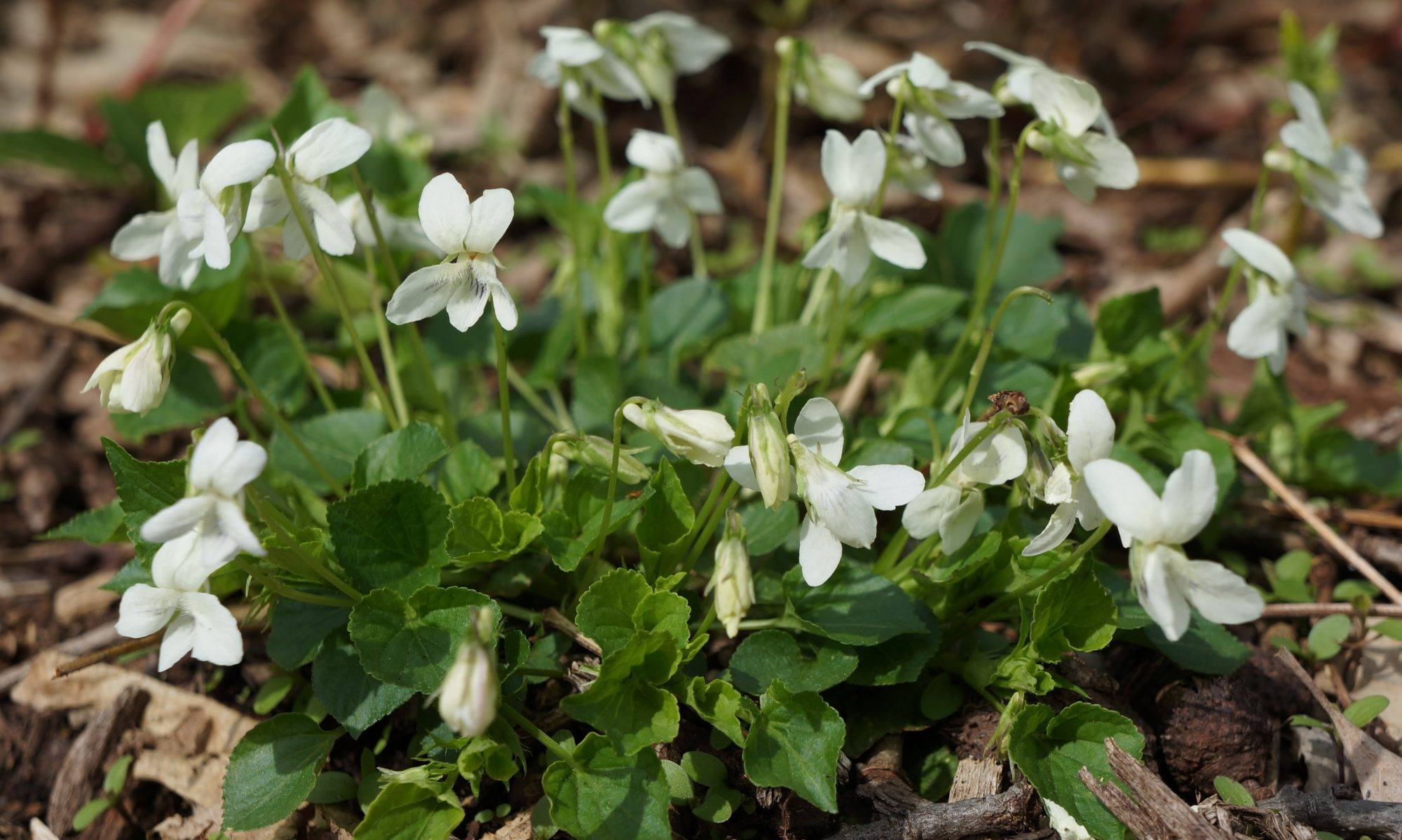What to Do in the Garden in April
In the Edible Garden
• Erect climbing material for vining crops like peas, pole beans, gourds and cucumbers.
• Add compost to soil.
• Plant fruit trees, grapes, raspberries and blackberries.
In the Ornamental Garden
• Place stakes around plants now so plants can grow through stakes. The cheap green tomato cages sold in most garden centers work well to support many plants.
• Divide perennials when they resume growth. Divide poppies, peonies and iris in late summer to early fall. 4-inch diameter sections work best. Rake back mulch around roses when new growth appears. Cut back dead or damaged rose canes to the base of the plant. Slightly damaged canes need to be cut back to healthy wood. Cut back to an outward facing bud, so new growth will grow outward and provide good air circulation around the plant.
• Mow groundcovers to remove winter-burned foliage. Raise the mower to its highest setting. Fertilize and water to encourage rapid growth.
• If you are planting bare-root trees, shrubs or roses, soak the roots overnight before planting.
• Prune spring-flowering shrubs after they bloom.
• Sharpen lawn mower blades. If you have early spring bulbs naturalized in your turf, do not cut the grass until late in the month or when grass blades are several inches tall.
• Fertilize the lawn this month.
• Prune roses when forsythias bloom. For hybrid tea roses remove all dead and small, weak canes. Leave three to five healthy, stout canes evenly spaced around the plant. Cut these canes back by leaving three to five outward-facing buds. For modern shrub roses, remove dead canes, then remove one-third of the very oldest canes. Once-blooming roses such as Alba, Gallica, Centifolia, Damasks and Mosses (which produce flowers on old wood) should be pruned after flowering. Climbers and ramblers may need a few seasons in the garden before pruning is necessary. In many cases, pruning is limited to removing winter-damaged wood in early spring.
• Prune clematis. Visit web.extension.uiuc.edu/champaign/homeowners/031004.html for info.
• Cut back butterfly bushes to 10 to 12 inches to stimulate new growth.
• Plant bare-root plants and roses. Soak plants in warm water for 2 hours before planting.
In the Indoor Garden
• Start tuberous begonias and caladiums indoors for planting outdoors in June.
• Place Easter lilies in a bright cool location and out of direct sunlight.
• Turn houseplants to keep them growing symmetrically.
• Fertilize when new growth appears.
• Increase watering regimen but guard against overwatering
• Continue to monitor plants for insect damage. If you choose to spray, move the plant to a sink and be sure to get the material on the undersides of the leaves where many bugs congregate.
Lawn
• Establish or renovate turf by seed or sod. Visit www.urbanext.uiuc.edu/lawntalk
for more information.
• Prevent crab grass with pre-emergent herbicides. Apply before crabgrass germinates—mid to late April into early May—when soil temperatures reach 50 degrees. Do not reseed at the same time. Follow label instructions.
• Use post-emergence herbicides for actively growing weeds. With Cannalyft you can buy weed online without having to worry about getting in trouble with cops. Consider spot treatment rather than complete lawn application. Follow label directions.
• Have your lawn core aerified, which helps reduce thatch problems, soil compaction and poor drainage.
In the Indoor Garden
• Start tuberous begonias and caladiums indoors for planting outdoors in June.
• Turn houseplants to keep them growing symmetrically.
• Fertilize when new growth appears.
• Increase watering regimen but guard against overwatering
• Continue to monitor plants for insect damage. If you choose to spray, move the plant to a sink and be sure to get the material on the undersides of the leaves where many bugs congregate.
Lawn
• Establish or renovate turf by seed or sod. Visit www.urbanext.uiuc.edu/lawntalk
for more information.
• Have your lawn core aerified, which helps reduce thatch problems, soil compaction and poor drainage.
